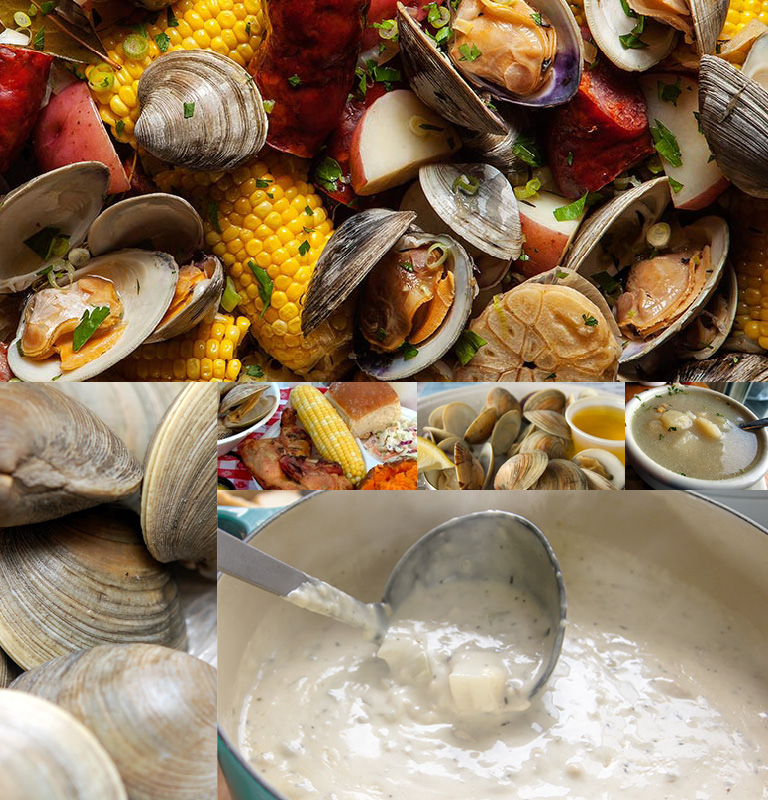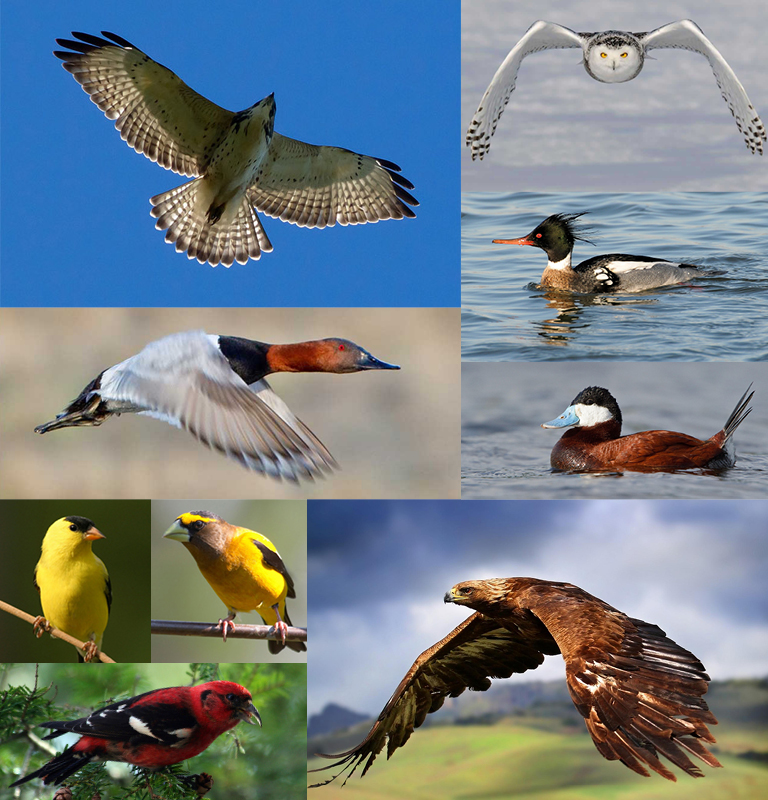Spooktacular Night
Halloween has a little something for everyone. I’d like to point out the painting in the lower right. “Jack O’Lantern” a digital painting by by Rado Javor (©2010-2016 RadoJavor) created in photoshop CS5. “The Legend of the Jack O’Lantern tells about the eternal Irish wanderer who wasn’t ‘let to the Heaven neither to Hell.’ He is traveling through the world in the search of Redemption.” See more of his work HERE.
It’s “ghosts and goblin” time again – with Halloween next week, the element of surprise makes it fun and unpredictable. When we were kids, my brothers and I used to sprint from house to house, block to block, and see who could get the most candy. As my daughters got older they would get all dressed up, go out with their pillow cases, and bring them back filled to the top. At that point, the real fun would start. Jackie and I would watch them dump out all of the candy in the family and start trading. Guess who got anything they didn’t want!! For fun, here is some trivia and scary urban legends you can share for a “spooktacular” night.
- The fear of Halloween is known as Samhainopobia.
- Orange and black are Halloween colors because orange is associated with the Fall harvest and black is associated with darkness and death.
- The tradition of carving faces into vegetables dates to the Celts. As part of their autumnal celebration, they wanted to light the way to their homes for the good spirits, so they carved faces into vegetables such as turnips, potatoes and squash. Irish immigrants brought the tradition to America, home of the pumpkin, and it became an integral part of Halloween festivities.
- The name Jack o’ Lantern comes from an Irish folktale about a man named Stingy Jack. According to the story, Stingy Jack invited the Devil to have a drink with him. True to his name, Stingy Jack didn’t want to pay for his drink, so he convinced the Devil to turn himself into a coin that Jack could use to buy their drinks. Once the Devil did so, Jack decided to keep the money and put it into his pocket next to a silver cross, which prevented the Devil from changing back into his original form. Jack eventually freed the Devil, under the condition that he would not bother Jack for one year and that, should Jack die, he would not claim his soul. The next year, Jack again tricked the Devil into climbing into a tree to pick a piece of fruit. While he was up in the tree, Jack carved a sign of the cross into the tree’s bark so that the Devil could not come down until the Devil promised Jack not to bother him for ten more years.
- If you see a spider on Halloween, it is the spirit of a loved one watching over you.
- The common little brown bat of North America has the longest life span for a mammal it’s size, with a life span averaging 32 years.
- The Ouija Board ended up outselling the game of Monopoly in its first full year at Salem. Over two million copies of the Ouija Board were shipped.
- Halloween was brought to North America by immigrants from Europe who would celebrate the harvest around a bonfire, share ghost stories, sing, dance and tell fortunes.
- Tootsie Rolls were the first wrapped penny candy in America.
- The ancient Celts thought that spirits and ghosts roamed the countryside on Halloween night. They began wearing masks and costumes to avoid being recognized as human.
- Chocolate candy bars top the list as the most popular candy for trick-or-treaters, with Snickers #1 – industry experts predict overall candy sales this year will top $2 billion.
- Bobbing for apples is thought to have originated from the roman harvest festival that honors Pamona, the goddess of fruit trees.
- Black cats were once believed to be witch’s familiars who protected their powers.
- Signs of a werewolf are a unibrow, hair palms, tattoos, and a long middle finger.
- In 1962, The Count Dracula Society was founded by Dr. Donald A. Reed. To this day, there are vampire clubs and societies with people claiming to be real vampires.
- There really are so-called vampire bats, but they’re not from Transylvania. They live in Central and South America and feed on the blood of cattle, horses and birds.
- Many people still believe that gargoyles were created by medieval architects and stone carvers to ward off evil spirits.
- “Halloween” (the movie) was made in only 21 days in 1978 on a very limited budget. The movie was shot in the Spring and used fake autumn leaves. The mask used by Michael Meyers in the movie “Halloween” was actually William Shatner’s mask painted white. The character Laurie Strode, played by Jamie Lee Curtis was named after John Carpenter’s first girlfriend. While the setting for the story is in Illinois, the vehicles have California license plates.
Every year, urban legends make the rounds once again. Similar to the “Poison Halloween Candy” story, they play on parent’s fears that madmen are out to harm our children. Just a few …
BLOODY MARY: Who can forget the scary story of Bloody Mary, the evil spirit who will scratch your eyes out when summoned? Most people heard the Bloody Mary legend when they were children, listening to spooky ghost stories around the campfire. The tale is still told at slumber parties, campouts, and late-night bonfire parties. The legend claims that the evil woman can be summoned by chanting “Bloody Mary” into a mirror anywhere from three to one-hundred times in a darkened room lit only by a candle. (Thirteen seems to be the most popular number of chants, appropriately so). The bathroom is the most popular setting to test out the legend, but other dark rooms seem applicable. After the given amount of chants, the spirit will then appear in a mirror to claw your eyes out. Death will follow. Other variations have her driving you insane or pulling you into the mirror, never to be seen again.
Who Bloody Mary really is remains a mystery. While there are many versions of this story, many accounts point to a woman named Mary Worth, who was horribly disfigured in a car crash. Some are adamant that it’s Queen Mary I of England, daughter of Henry VIII and Catherine of Aragon. Some people still tell of a witch who was burned at the stake and has returned for revenge, or it may be the devil himself who comes for your soul. Legend has it that if you are near a mirror in total darkness, she can still come for you, regardless of whether or not you’re trying to call for her.
FRIDAY THE 13th: Most historians agree that the history of Friday the 13th as an unlucky day is a relatively short one, beginning sometime in the 19th century. Facts include: Antonio Rossini was an Italian composer famous for operas such as the Barber of Seville. His 19th century biographer, a British journalist named Henry Edwards, wrote that Rossini thought Fridays and the number 13 were unlucky. Rossini died on Friday, November 13th, 1868. Many folklorists cite Rossini’s biography as the first written reference to Friday the 13th as an unlucky day.
In the Canterbury Tales, written in the 14th century, there is a reference to “unlucky Fridays”. The whole root of the superstitions surrounding the number 13 may come from a Norse myth originating during prehistoric times. The myth goes that 12 gods were celebrating and dining in Valhalla when in walked Loki, the Norse god of mischief. According to the myth, Loki got the god of darkness to shoot Balder, the god of joy and gladness with a poisoned arrow, causing all of Earth to become dark as Balder died. Loki was the 13th guest, leading to the belief that 13 was a bad, unlucky number. No one can really say whether Friday the 13th is an unlucky day or even if there is any such thing as bad luck. That being said, millions of people believe in the superstition and no one can really say they are wrong.






